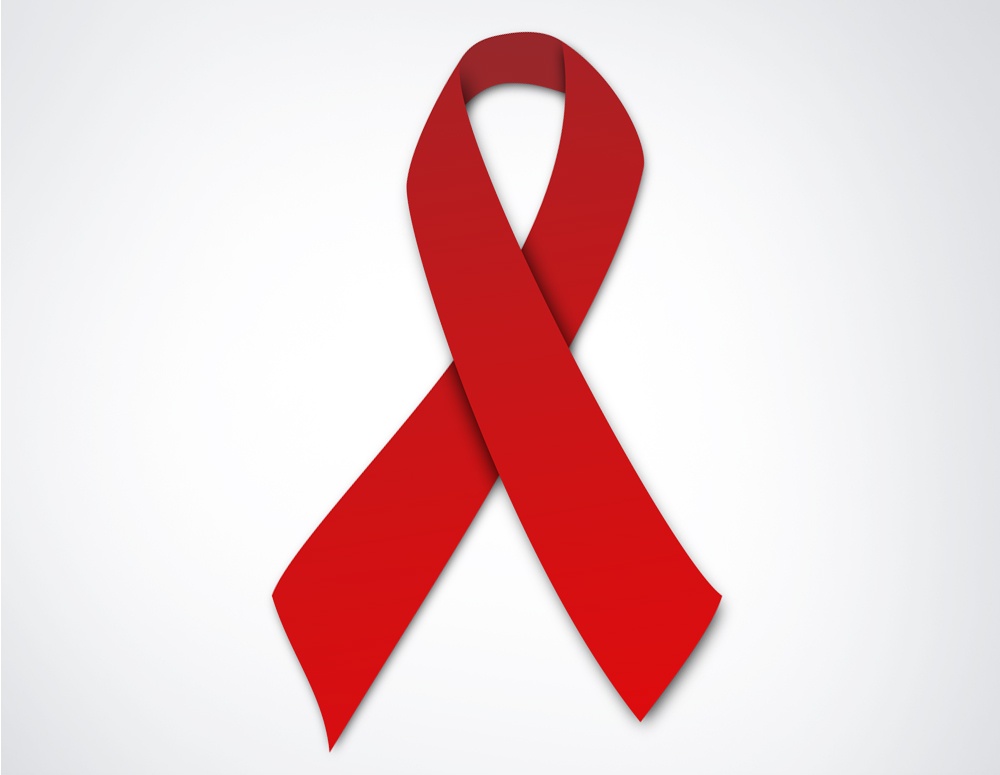Each year, I write to commemorate World AIDS Day which is now in its 30th year spotlighting patients living with HIV and those we’ve sadly lost to AIDS-related illnesses.
When World AIDS Day was launched in 1988, the outlook for patients diagnosed with HIV, or who had developed AIDS, was often considered a death sentence. Today, HIV is no longer considered a universally fatal illness, but in many cases, a chronic and manageable disease. In the three decades since the HIV/AIDS crisis first struck the United States, incredible strides have been made in understanding and treating this disease.
This dramatic change followed the introduction of highly active antiretroviral therapy (HAART) in the mid-1990s, which transformed treatment leading to a nearly 87 percent decline in death rates and preventing an estimated 862,000 premature deaths.
Additional research from the Antiretroviral Therapy Cohort Collaboration (ART-CC) has also found that HIV patients in Europe and North America treated with a combination of three or more antiretroviral therapy (ART) medicines can achieve the same life expectancy of people without HIV. ART-CC estimated that a 20-year-old patient who began treatment with ART between 2008 and 2010 could now live to age 78 – the same life expectancy for the general U.S. population.
The biopharmaceutical industry has worked rigorously to improve medicines for treating HIV/AIDS by developing ART treatments with fewer side effects, combinations that improve compliance as well as pre-exposure prophylaxis medicines (PrEP) to help prevent transmission of HIV.
And while treatment options have expanded, there is ongoing research toward the hope of a preventive vaccine and one day, hopefully, a cure. As of November 28, 2018, there are 54 medicines and vaccines in development.
While the outlook for those living with HIV/AIDS continues to improve, it is imperative that those improvements not be jeopardized by limiting access to the medicines HIV patients rely on.
A proposed rule recently issued by the Centers for Medicare & Medicaid Services would completely undermine the protections long in place in Medicare Part D to ensure that HIV patients have access to the specific medicine that works best for them. Not all patients living with HIV are the same, so their treatments should not be delayed by restrictive prior authorizations or “fail-first” policies.
Specifically, the Department of Health and Human Services is proposing to change current protections so that HIV/AIDS patients could be subjected to delays in care or “fail first” requirements. For an HIV patient, this could mean viral resistance and have significant public health implications. Additionally, what medicine works best for a patient should be decided by their provider, not an insurer as this proposal seeks to allow.
On this World AIDS Day, we remember those we have lost and join with those across the globe to continue the fight towards a day where HIV transmission and AIDS-related deaths are a thing of the past.
To learn more about innovation in HIV/AIDS, click here.



